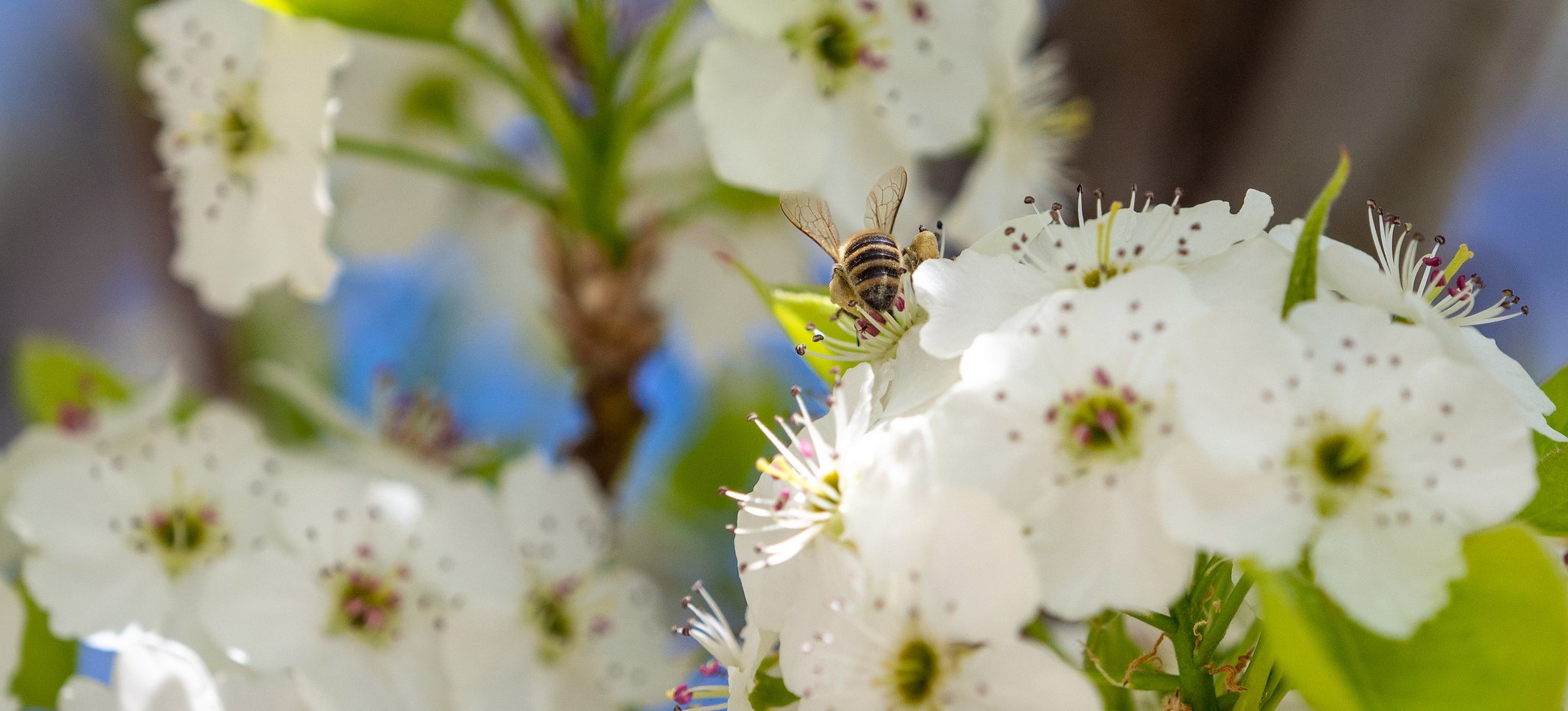Campus ecosystems at UBC Okanagan play a vital role in supporting biodiversity and sustainability efforts. They provide habitats, support natural processes like carbon sequestration and water management, and offer educational opportunities for the university and its community.
In support of the UBC Okanagan Campus Plan the intent to sustain and enhance local landscape and ecology, the Whole Systems Infrastructure Plan outlines a vision for providing an ecologically rich and diverse campus environment and will provide additional cultural, aesthetic, and recreational value to the broader community. The identification of environmentally sensitive areas on campus helps to guide and inform campus development and best management practices.
Building Project Design Teams and interested members of the campus community should reference available campus environmental sensitivity analysis and ecological mapping in conjunction with the UBC Okanagan Sustainability Office (Associate Director, Sustainability Operations) for interpretation and/or guidance on specific ecological project considerations for development.

Campus Environmental Assessments
Environmental assessments provide valuable data and analysis to inform land use planning that may be triggered by relevant municipal, provincial and federal legislation. These assessments can provide guidance on best management practices, alternative options and proactive measures to mitigate the potential environmental risks of land use changes.
To interpret campus ESA mapping or if there is uncertainty on the need for an environmental assessment, contact the Associate Director, Sustainability Operations.
Species at Risk
Species at risk are defined as plants, animals, and ecological communities that are of conservation concern because of rarity, restricted range, and/or population decline. Most occur in natural ecosystems. Approximately 52 species at risk may occur on the UBC Okanagan Campus including 11 plants, 14 birds, and 12 invertebrates. Noteworthy species include the Great Basin spadefoot toad, western painted turtle, American avocet, and California gull.
Environmentally sensitive areas (ESAs) refer to specific locations or habitats that are vulnerable to environmental degradation due to their ecological value or sensitivity. ESA mapping is a valuable tool for identifying and managing areas that have ecological value.
Below is an inventory of reports commissioned by the Sustainability Office, Campus Planning to guide the campus’ best management practices for habitat and species protection.
-
-
- 2021 Oct.: Environmental Sensitivity Assessment for the UBC Okanagan campus Ecological Landscape and Biodiversity
- 2020 Apr.: Lower Innovation Precinct North Multi-Use Trail Environmental Impact Assessment Report
- 2020 Jan.: Lower Innovation Precinct North Multi-Use Trail Environmental Impact Assessment Report
- 2019 Sep.: UBCO Daycare Expansion Environmental Impact Assessment Report
- 2018 Dec.: Northern Rubber Boa
- 2017 Nov.: Western Yellow-Bellied Racer at the UBC Okanagan campus
-
Campus Species Highlights
Learn more about at-risk species on campus below. This is not an exhaustive list—more information is coming soon.
Reports Prepared by Academic Subject Matter Experts
Below are key reports prepared by our academic subject matter experts to support ecological and species planning on campus.